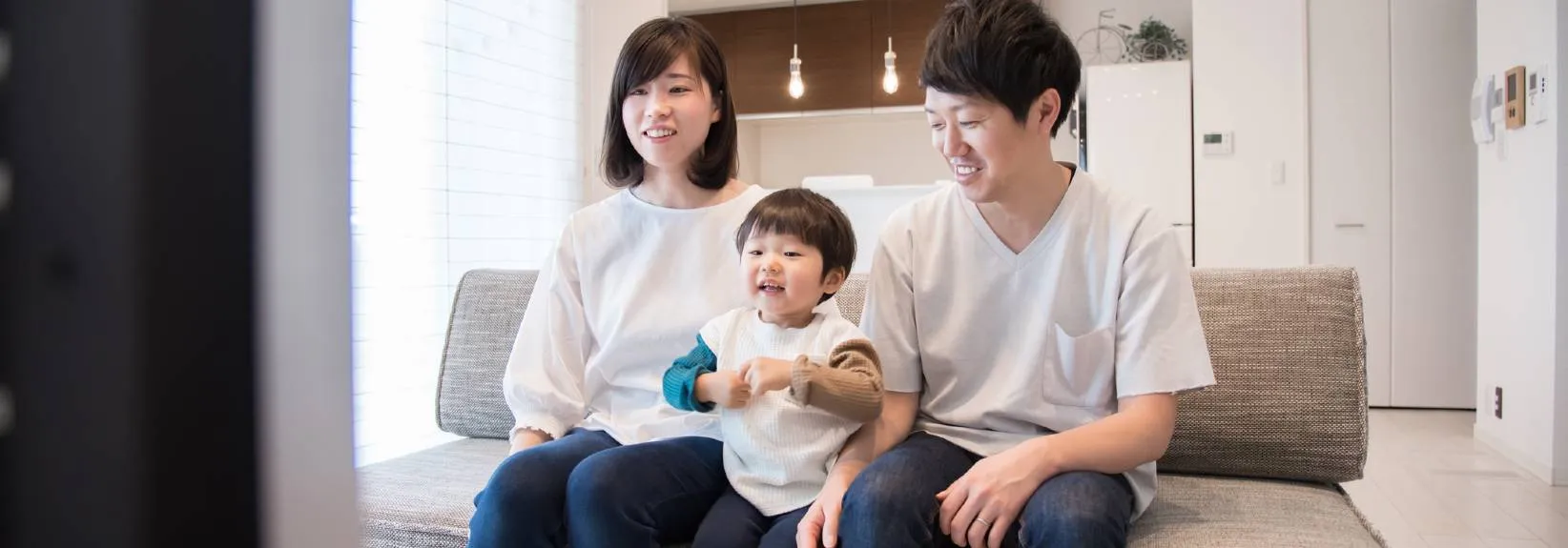How Do UV Lights for HVAC Systems Work?
When you think of ultraviolet light, you might imagine getting sunburned after a long day at the pool. And yet, UV light is also something you can use for increasing indoor air quality. Sunscreen protects against UVA and UVB rays, but UVC is the form of light found in air purification. If you suffer from allergies or asthma or hope to reduce the distribution of illnesses throughout your home, a UV light within the HVAC system can be the air quality solution you’ve been hoping for!
How Does a UV Light Function?
The germicidal impacts of ultraviolet light have been known for over a century. UVC rays were even applied to treat tuberculosis. Today, germicidal lamps are found in hospitals, food processing centers, water treatment plants and air purification products. A UV lamp added to your HVAC system boosts the air quality in your home by eliminating microorganisms like bacteria, viruses, mold and more. It only needs 10 seconds of contact to affect these germs’ DNA, killing them or blocking them from replicating. UV lights also address volatile organic compounds (VOCs) present in cleaners and repellents as well as airborne bioaerosols like pollen and pet dander. That being said, UV lights don’t literally ‘trap’ contaminants, so you still need an air filtration system to remove dust, fibers and other particles from the air.How Successful Are UV Lights?
As long as they are installed correctly and feature the right wavelength of UV light, germicidal lamps are remarkably effective at enhancing indoor air quality. One study out of Duke University revealed that UV light removed more than 97 percent of drug-resistant bacteria from the air in hospital rooms. Another study measured “significantly lower” fungal levels in a commercial building’s HVAC equipment after four months of operating a UV light.Benefits of UV Lights
Place an ultraviolet lamp in your HVAC system to take advantage of these benefits:-
- Cleaner indoor air: UV light technology helps clean the air nonstop without adding chemicals into the environment. Unlike other air purifiers, ultraviolet lamps don’t produce ozone, an infamous lung irritant that can be toxic to those with asthma, allergies or prolonged lung illnesses.
-
- Lower chance of getting sick: When used in tandem with good personal hygiene, germ-killing UV lamps can reduce the risk of catching viral and bacterial infections.
-
- Protection for your HVAC system: Mold, fungi and bacteria can gunk up your heating and cooling equipment. Keep the system operating smoothly and efficiently with a hard-working UV light.
-
- Reduced HVAC maintenance and repair needs: With an inherently cleaner central HVAC system, you enjoy simpler maintenance requirements and fewer emergency repairs. These savings can help recoup the cost of running a UV light and replacing the bulb.
